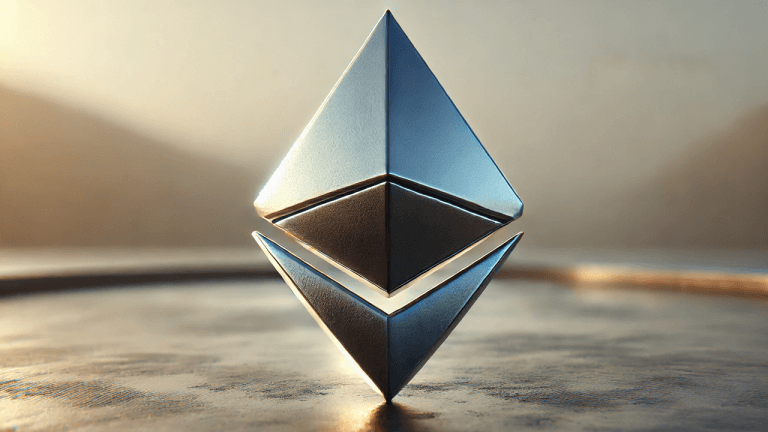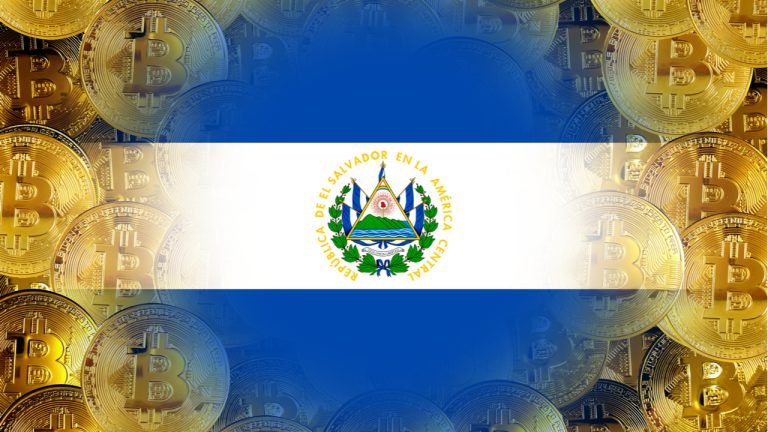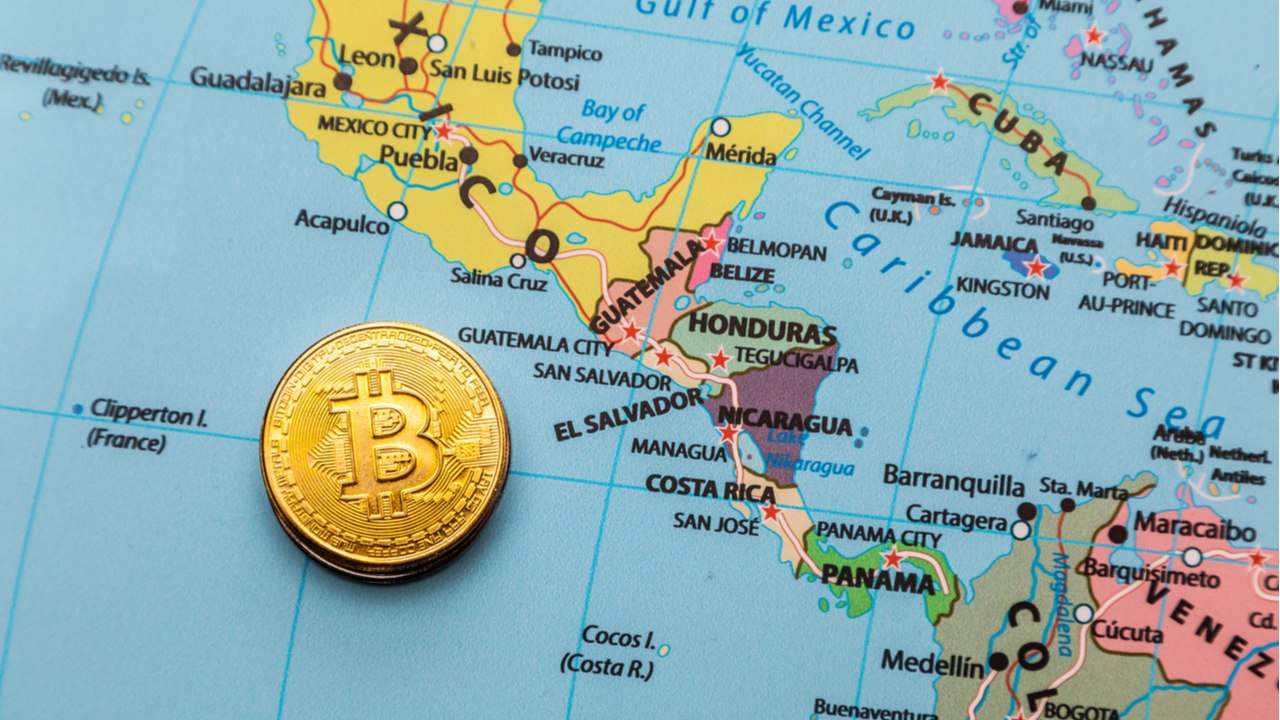
CEO Adam Back said the fresh funding will be invested into expanding the firm’s mining capacity.
The depths of a bear market may not be the best time to raise funds but that is exactly what Blockstream is doing.
The crypto infrastructure firm is seeking fresh funding, but at a much lower valuation than previous rounds, according to a Dec. 7 Bloomberg report.
Blockstream was valued at $3.2 billion when it held its last Series B funding round raising $210 million in August 2021. Today that valuation may have fallen almost 70% to below $1 billion according to the report.
The company, founded in 2014, has raised a total of $299 million in funding over four rounds, according to CrunchBase.
Blockstream CEO and cryptographer Adam Back did not share details of the latest funding round but did reveal that the capital will be invested into expanding the firm’s mining capacity.
“We rapidly sold out all of the capacity and have a big backlog of existing and new customers with miners seeking large-scale hosting with us.”
The firm is working with Jack Dorsey’s Block (formerly Square) to develop a solar-powered Bitcoin mining facility. The mining farm will have 3.8 megawatts (MW) of electrical capacity using Tesla’s solar technology and its Lithium-ion 12 MWh ‘Megapack’, as reported by Cointelegraph in April.
Back acknowledged that BTC prices and mining profi tability were down but added “hosting rates have risen over the last quarters and our mining services are a rapidly expanding, high-margin enterprise business for us.”
Bitcoin miners are currently suffering a triple whammy of high hash rates and difficulty, high energy prices, and low BTC prices. This has caused profitability, or hash price, to fall to near-record lows of around $0.064 per TH/s per day, according to Hashrate Index.
Related: Blockstream CEO Adam Back talks Bitcoin over a game of Jenga
In its monthly newsletter on Dec. 5, Blockstream revealed that its Blockstream Mining Note (BMN) token has earned around 5.37 BTC cumulatively in returns nearly halfway into its three-year term.
BMN is an EU-compliant security token that provides qualified investors access to Bitcoin hash rate at the firm’s U.S. enterprise-grade mining.
The firm has also been promoting a new limited edition ‘Jade Transparent’ hardware wallet claiming that it is “hodling our Bitcoin into the 2090s and beyond.”












